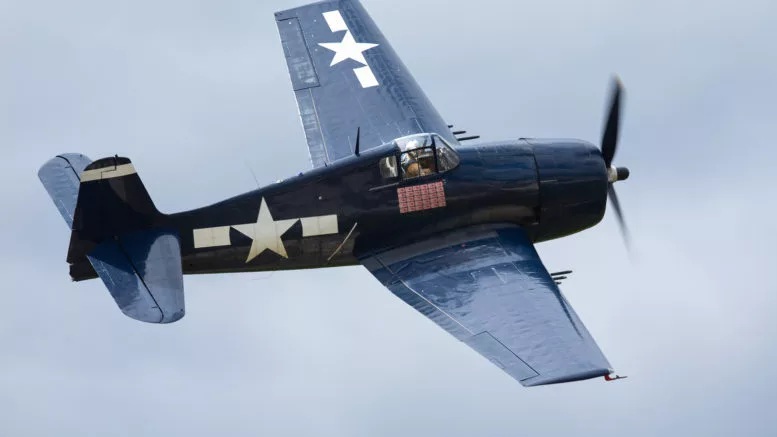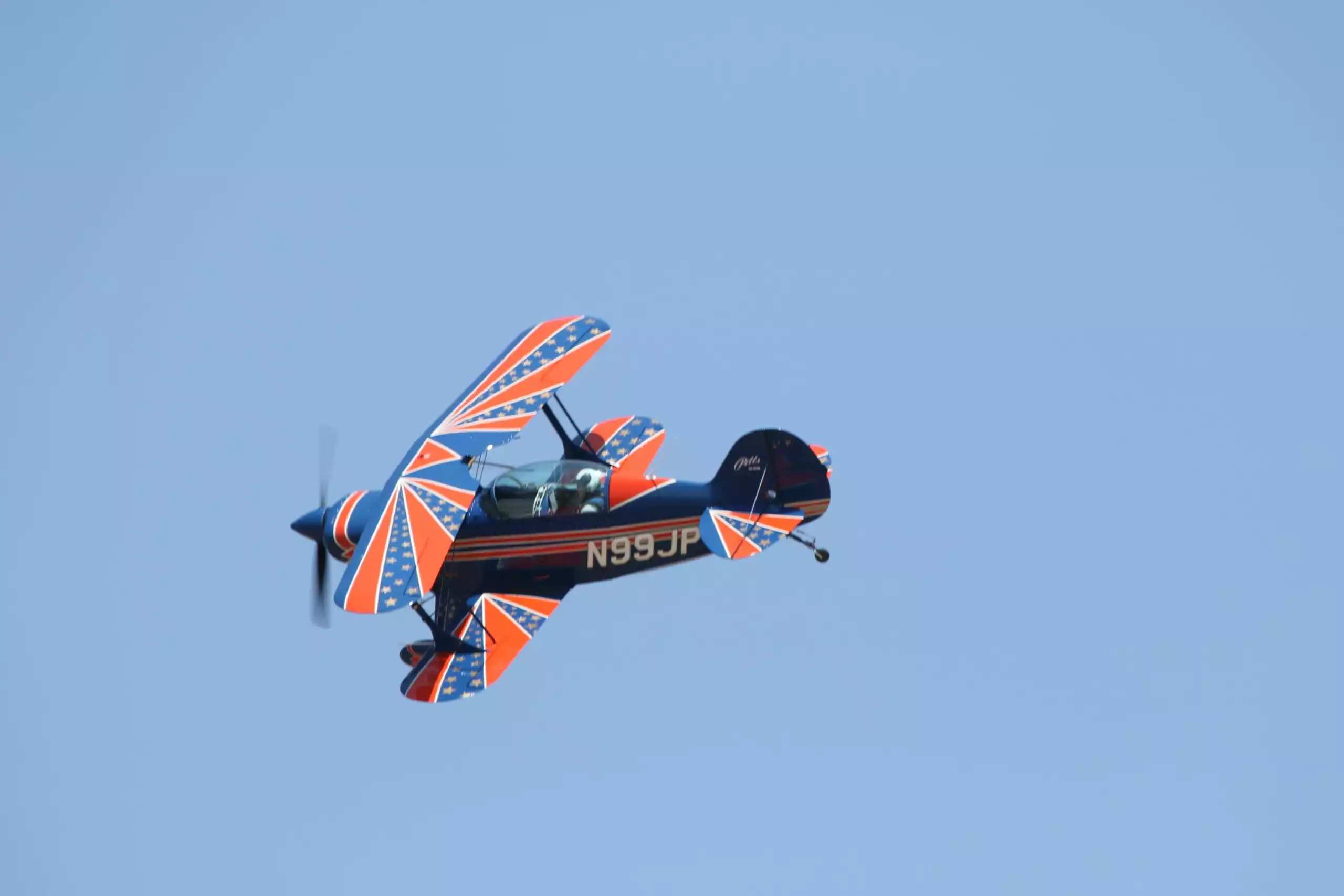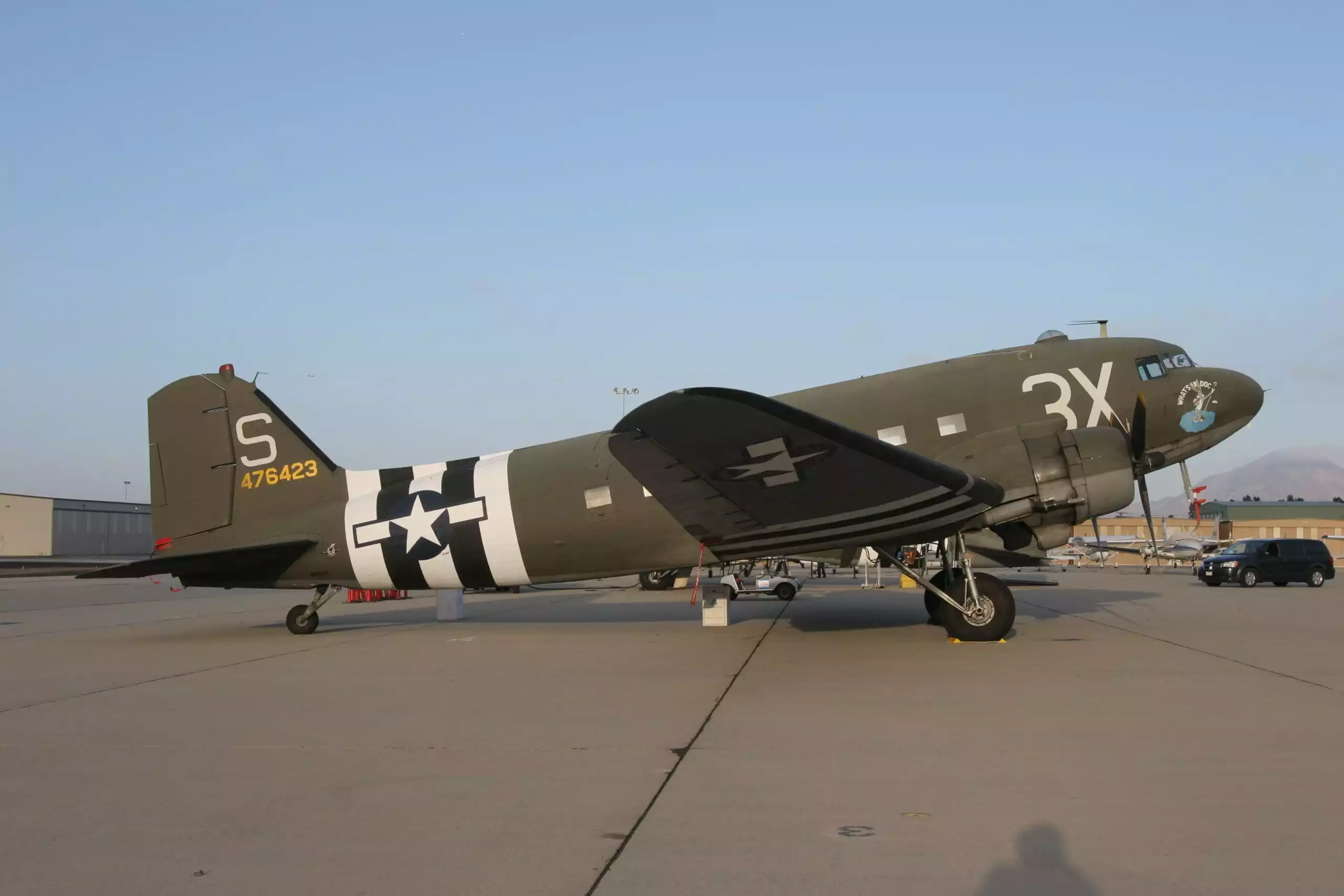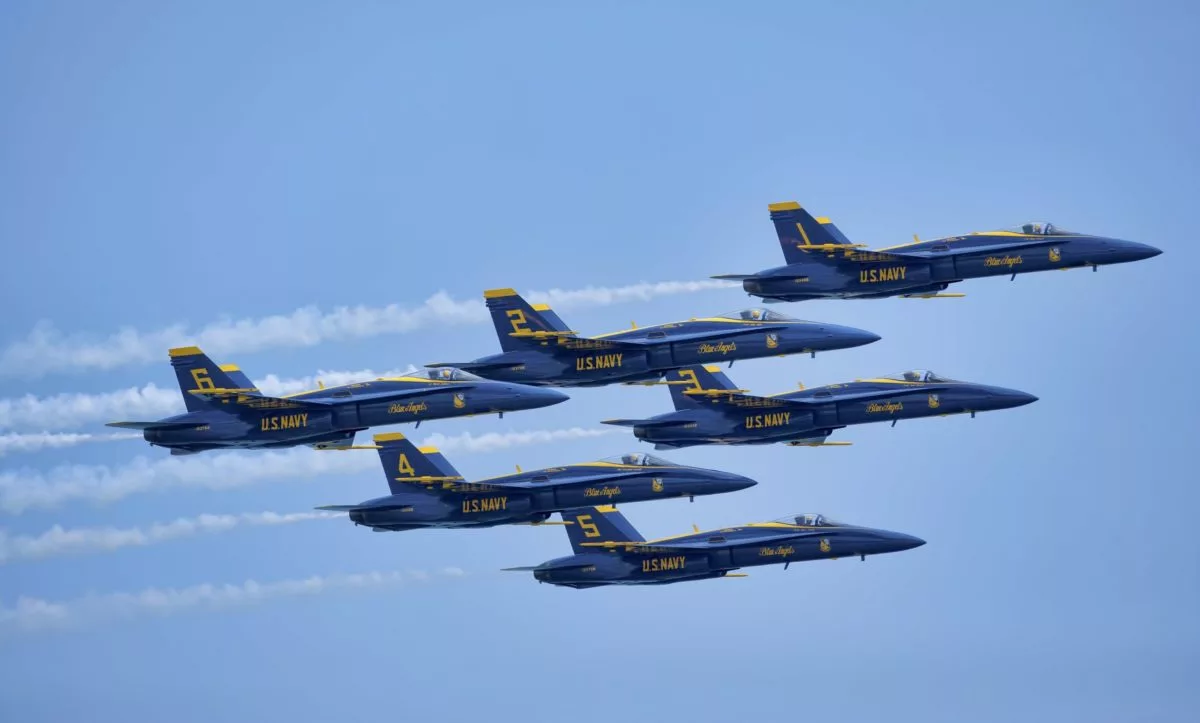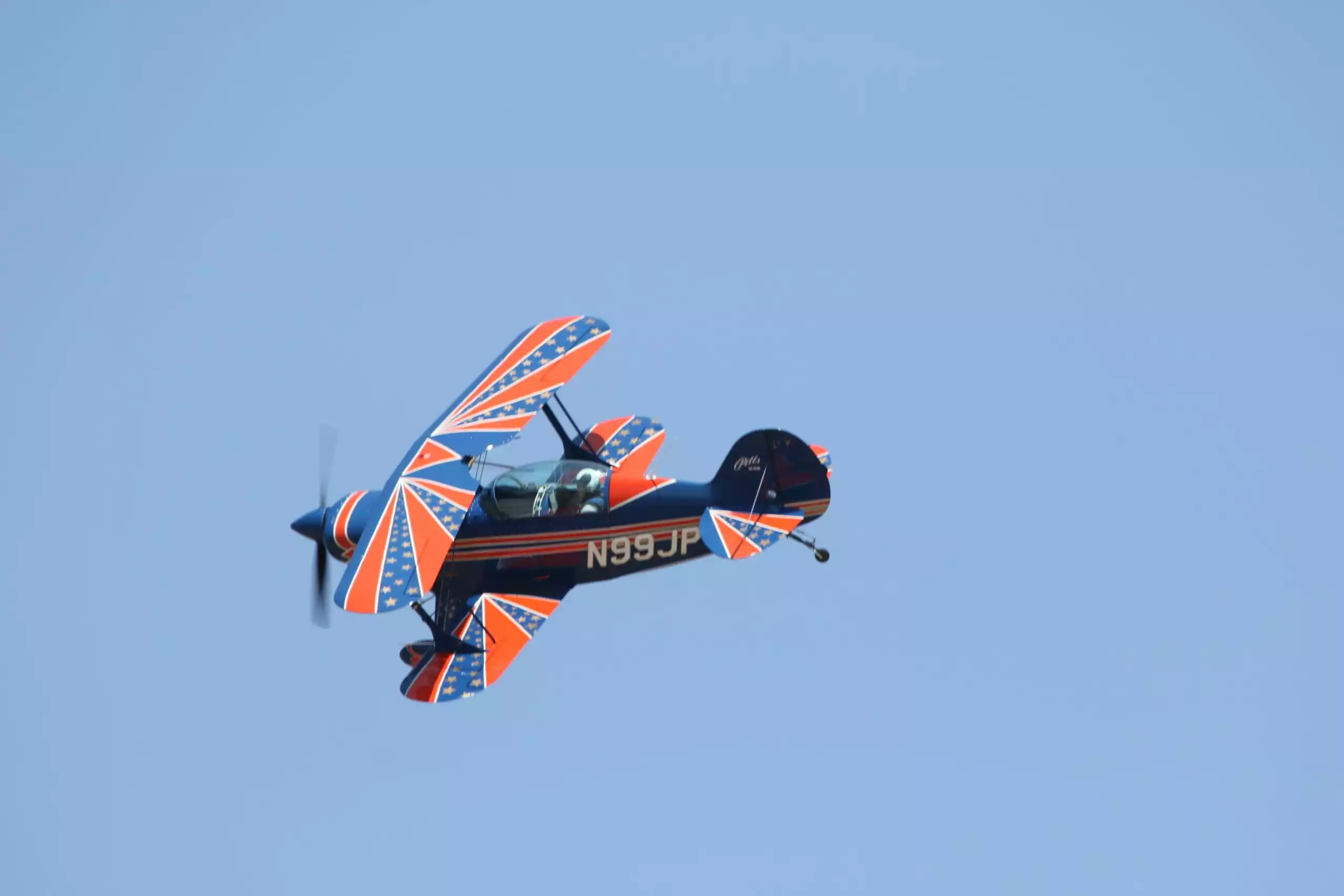The Incredible History of the Hellcat Airplane
When it comes to iconic warbirds, there are a few. Whether it’s the Spitfire with its elliptical wings or the P51 Mustang with its turbocharged throaty roar, they are all distinctive. Perhaps the most distinctive, however, is the Grumman F6F hellcat. With its deep and fat fuselage and short wings, it is easy to spot. It isn’t all about looks. The Hellcat airplane also has a story to tell. Today we are going to look at the incredible history of the hellcat airplane…
What is the Grumman Hellcat?
The Grumman Hellcat F6F was built by the Grumman Aircraft Engineering Corporation. It was built to replace the F4F Wildcat. The aircraft was designed for single-seat occupancy. Its primary role was as a fighter.
This was a cat with claws. Mounted in each wing was a series of 0.5-inch browning machine guns capable of firing 450 rounds per minute!
The aircraft featured predominantly in the Pacific theatre of operations during World War Two. Its main target was the Japanese ‘Zero’. The aircraft was used very extensively. It is estimated that Grumman produced over 12,000 during the course of the war.
If you think that sounds like a lot, get this…
During the height of the Second World War, Grumman was turning out these aircraft at a rate of one each hour!
The History of the Hellcat Airplane
The Grumman Hellcat airplane was designed to replace the Wildcat. In fact, it was often dubbed the Wildcat’s “big brother”. It first appeared in combat in 1943. Its impressive performance ensured impressive victories over the Japanese fighters.
Want to know how phenomenal it was?
The Hellcat was responsible for downing over 5000 enemy aircraft, making it the most lethal fighter of the war. That isn’t just amongst the American fleet! It reigns supreme even taking into account all allied aircraft!
Here’s another way to look at it. Only 270 Hellcats were lost as a result of combat action. With 5163 Japanese aircraft downed, that equates to a rough ratio of 19:1. Not bad odds, all things considered.
The aircraft saw the end of the war and was eventually refitted with radar as a night fighter; however, it never saw active service in this role.
The aircraft was specially created to perform carrier landings. Its slow speed and stability in the landing configuration meant that fewer aircraft were lost while trying to settle on a deck pitching up and down in high seas. It was certainly preferred to the less stable Corsair.
Perhaps the most notable feature of the Grumman Hellcat (aside from its fat fuselage) was how rugged it was. It was built to a very high standard. It survived both the rigors of hard carrier landings, not to mention the occasional peppering with Japanese bullets! So much so that it was lovingly named the “Aluminum Tank”.
Want to hear a funny story?
Such was the capability of this aircraft to take a few hits and carry on flying that its pilots used to say that Hellcats “Were made of holes where an airplane used to be”.
What’s Distinctive About the Grumman Hellcat?
You’ll easily be able to spot a Hellcat airplane. It has quite a few distinctive features that make it really stand out from the crowd.
A Chunky Fuselage
This is by far the most obvious feature of the Grumman F6F-5 Hellcat. It is easy to spot from a long distance. This unusually sized fuselage makes the wings look much stubbier than they actually are.
Blue Color
The aircraft was painted blue to blend in with the Pacific water over which it was intended to fly.
Folding Wings
If you get a chance to see this aircraft up close and personal on the ground, you’ll be able to see the joins and hinges in the wings. This was a really clever idea as it meant that the aircraft could be easily stored aboard aircraft carriers.
Rotating Gear Struts
Pay careful attention during takeoff, and you might spot a really unique feature. The Hellcat’s gear struts rotate through 90° before folding back into the wings!
Bullet Holes
Just kidding!
Are there any Hellcats Still Flying?
Yes, there are.
Because there was relatively few shot down, you still might be able to catch one. They are normally guests of honor at an airshow! You can view the Commemorative Airforce’s very own Hellcat at the Wings over Camarillo Airshow, where they appear as a regular guest!
This aircraft has an interesting history all of its own. It was discovered derelict in 1961 and was painstakingly restored to some of its former glory. In 1970 it was donated to the CAF. Due to its age, it needed much more work performing to make it properly airworthy. Still, over the next decade, it was plagued by maintenance issues.
After 1986 a 12-year restoration project was launched. The end result was lots of wires, panels, and systems being almost entirely replaced. The main issue was that the aircraft had several repairs that were ‘temporary’ during its restoration. Yet, through transfers of ownership and a lack of regulation, it had become ‘permanent’. Following its restoration, it was in much better shape to fly.
The end result?
What you are, in fact seeing is a practically brand-new Hellcat airplane! It is as close as you will see to the original ‘factory fresh’ models of World War Two!
Suppose you swing by Wings over Camarillo airshow. In that case, you’ll be able to see this pristine Grumman Hellcat, with its incredible history, alongside other warbirds and vintage aircraft. They, too, have a rich and detailed story to tell. You’ll be able to see them in flight and also get the opportunity to come and take a peek up close.
When looking at the Hellcat airplane, you literally view one of the most successful fighter aircraft in history. Who knows what it saw when it was in combat?
For more information on the Wings over Camarillo Airshow, visit us here.
Ready to Soar with Us?

